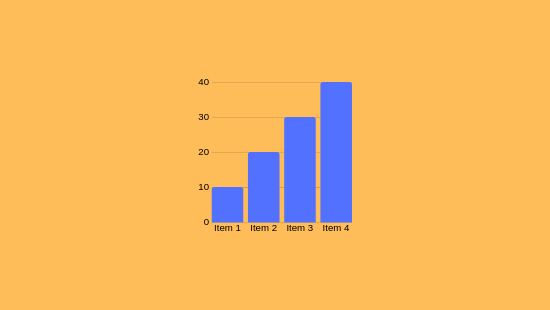
As you explore forex measurements, you'll discover they're mathematical tools analyzing price and volume data to forecast market movements. These instruments assist in identifying market patterns, validating signals, and uncovering overbought or oversold scenarios. For example, the Relative Strength Index (RSI) tracks market force, while Bollinger indicators assess volatility. Enhancing your trade techniques by integrating these indicators is essential, especially if aiming to control risks adeptly.
Grasping the Core of Forex Indicators
Forex indicators are computational devices embedded in graphs to assist traders in analyzing market trends and executing calculated trades. They offer insights into price changes and potential trading opportunities by examining past and present market figures.
Forex indicators are divided into four primary groups: trend indicators (e.g., Moving Averages), momentum indicators (e.g., Relative Strength Index), volatility indicators (e.g., Bollinger Bands), and volume indicators.
These instruments can signal reversals, confirm trends, or indicate extreme buying/selling. If you're looking to enhance your methodologies, understanding these indicators is vital.
Types of Forex Indicators
When assessing market trends, traders often deploy a variety of indicators to guide their trading choices.
Forex indicators can be grouped into different classifications, each fulfilling distinct functions.
Trend Indicators like Moving Averages (MA) and Bollinger Bands aid in uncovering movement patterns and potential breakouts.
Momentum Indicators, such as the Moving Average Convergence/Divergence (MACD) and Relative Strength Index (RSI), recognize shifts in price momentum and indicate excessive buying/selling.
Volatility Indicators like the Average True Range (ATR) measure fluctuations, assisting investors in establishing protective measures.
When applied wisely, these tools can boost trading proficiency.
Key Indicators for Trading Decisions
To executive insightful investment choices, grasping and utilizing key measures that analyze market conditions is imperative.
Moving Averages track mean trade values over specific periods, unveiling tendencies by smoothing fluctuations.
The RSI gauges market force on a 0–100 scale, flagging overbought conditions above 70 and highlighting excessive sell below 30.
Moving Average Convergence Divergence compares two EMAs to confirm the trend direction, with histograms illustrating bullish or bearish phases.
Bollinger Bands utilize variability measures around a moving average to determine volatility and potential reversals.
Retracement intervals denote price thresholds based on prior price movements.
Synthesizing these indicators boosts accuracy by verifying signals if congruent, enabling exact timing for currency matchups.
Employing Indicators in Risk Oversight
As you refine investment methods, effectively applying indicators for risk management is crucial. Indicators like Moving Averages and Bollinger Bands notice volatility and identify potential entry/exit points for risk oversight.
These instruments allow for exact stop-loss orders and limit orders, critical for limiting possible losses.
For example, using trade protections caps losses to a certain limit, such as 2% of your trading portfolio per trade. This disciplined tactic aids in managing forex risks by curtailing exposure read more to market volatility and leverage, which are notable risks in currency trading.
Integrating Indicators for Improved Precision
Merging measurement tools is a sophisticated strategy for boosting precision in forex trading. This approach enables for the leveraging of multiple tools to evaluate several facets of market behavior, such as trends, momentum, and variability.
By utilizing indicators like Price Averages, RSI, and MACD, you can formulate resilient trade schemes. For example, combining Moving Averages with RSI and Volume confirms trends and drive, while Bollinger Bands with Stochastic assess fluctuation and anticipate reversals.
If diverse measurement tools align, duplications are reduced, and investment prompts are intensified.
Final Thoughts
You've understood how forex indicators function, covering their diversities like trend, momentum, and volatility indicators. These instruments assist in spotting potential reversals and validating ongoing trends. By integrating indicators, trading precision is boosted, and risk management is conducted more adeptly. As an example, using the Relative Strength Index (RSI) to highlight buying peaks and Bollinger Bands to evaluate volatility can refine your trade choices.